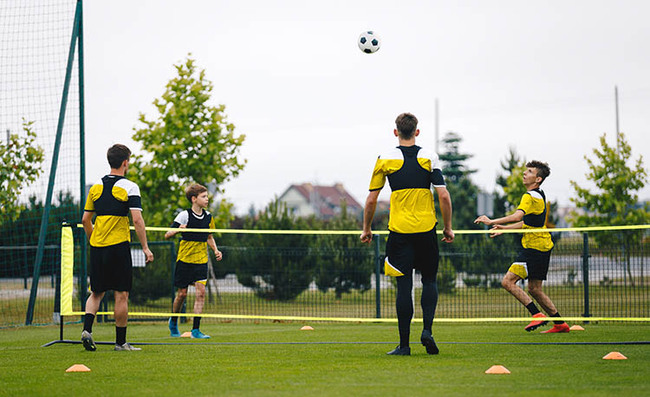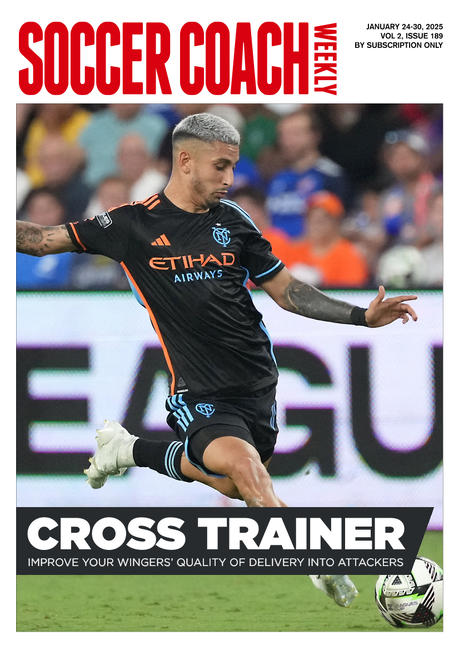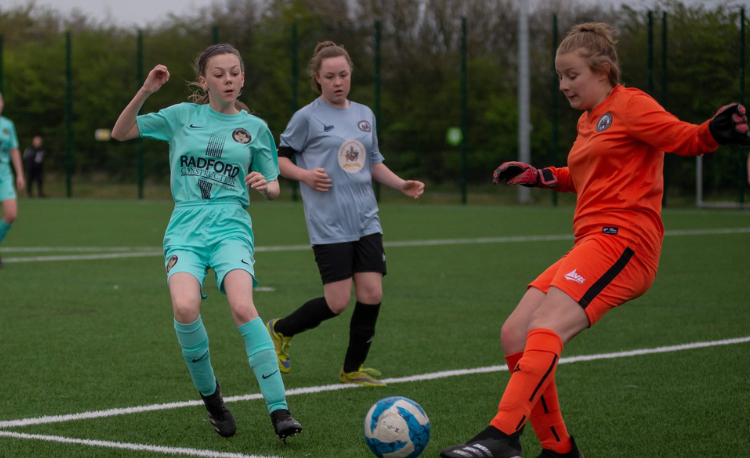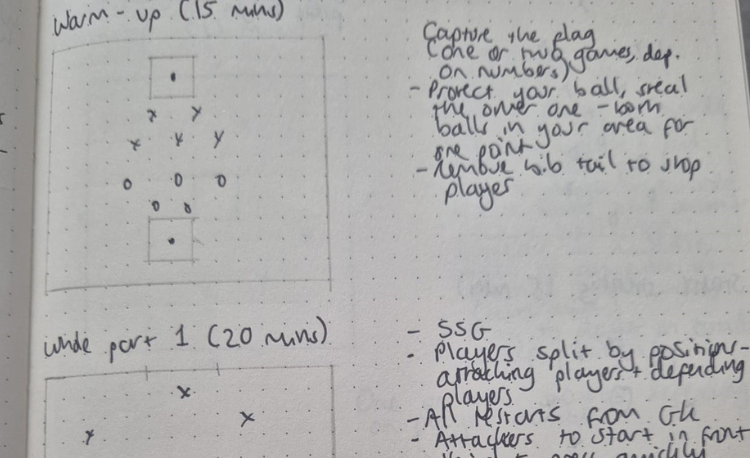Five ways to promote player ownership
Allowing your team to set their own rules or personal challenges in activities can boost their self-confidence and leadership skills
Actively planning ways to give your players ownership within a training session or in a matchday scenario comes with a number of benefits.
Not only does it tell players that their opinions are valued, it also promotes enjoyment, can help boost their self-confidence, develops their leadership skills and gives them a sense of purpose and belonging.
Moreover, giving players ownership can help embed learning quickly, as they set out to solve problems and challenge themselves.
Here are some ways coaches can promote player ownership through training and matchdays.
Let them set their own challenges
Allowing players to challenge themselves at a level they are comfortable with is a great way to promote ownership and develop confidence at their own pace, and is particularly beneficial when working with younger players.
For example, if you are coaching individual ball-mastery skills, you could give each player four cones to set out their own space within which they need to maintain control of the ball.
This means less-confident players can set themselves a larger area, while those wanting a greater challenge can make their space smaller.
Allow them a say in the rules
If working on a set topic during a session, allow players to come up with their own rules to try and get the desired outcomes.
For example, if your session focuses on playing out from the back, players might choose to add a retreat line for the out-of-possession team, or stipulate that the team playing out must make at least three passes in their own third before breaking out into midfield.
Players might need a little guidance on ideas for rules and restrictions at first, but you may be surprised at how creative they can be.
Let them pick their own teams
Allowing players to choose their own teams for a small-sided game is a good opportunity to give them some ownership and develop leadership skills.
Encourage them to make teams as even as possible, or suggest players challenge themselves further by pitting themselves against a strong team-mate, rather than being on the same team as them.
Let them create their own arrival activity
Offering your players the chance to design or lead their own arrival activity or warm-up is a great way to give them some ownership within the session.
It can also provide you with a valuable bit of breathing space to set up the rest of the session – especially if you can’t get access to the pitch before the session starts.
You could mark out a playing area and provide bibs for players to start their own game, or leave a note on the whiteboard with a few suggestions or challenges.
Give them a platform to speak
Whether it’s at half-time in a small-sided training game, or in a competitive fixture, try to give players the space to have their say before you step in.
This will allow them to begin solving their own problems, develop leadership skills and take ownership.
At training, you might ask players how they would change a practice, why they think something is or isn’t working well, or actively give them a problem to solve in small groups.
Related Files
Newsletter Sign Up
Coaches Testimonials

Gerald Kearney, Downtown Las Vegas Soccer Club

Paul Butler, Florida, USA

Rick Shields, Springboro, USA

Tony Green, Pierrefonds Titans, Quebec, Canada
Subscribe Today
Discover the simple way to become a more effective, more successful soccer coach
In a recent survey 89% of subscribers said Soccer Coach Weekly makes them more confident, 91% said Soccer Coach Weekly makes them a more effective coach and 93% said Soccer Coach Weekly makes them more inspired.
*includes 3 coaching manuals
Get Weekly Inspiration
All the latest techniques and approaches
Soccer Coach Weekly offers proven and easy to use soccer drills, coaching sessions, practice plans, small-sided games, warm-ups, training tips and advice.
We've been at the cutting edge of soccer coaching since we launched in 2007, creating resources for the grassroots youth coach, following best practice from around the world and insights from the professional game.







